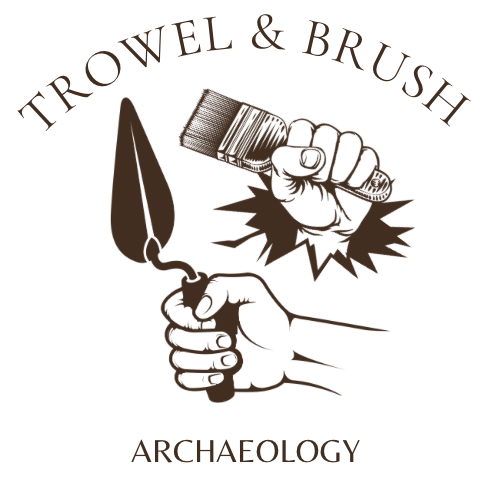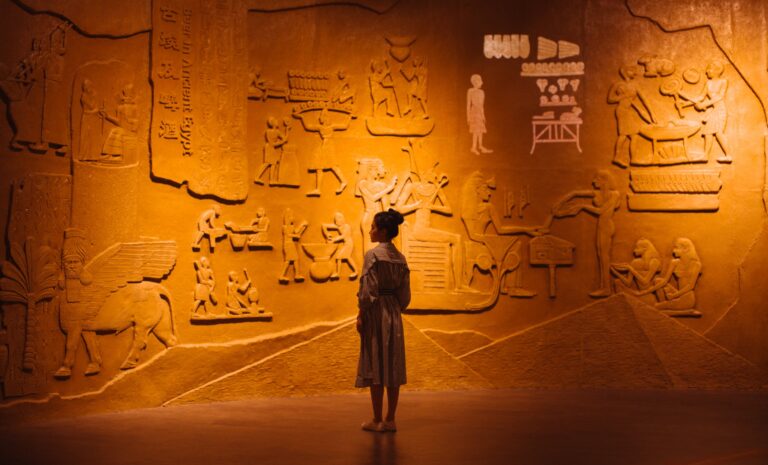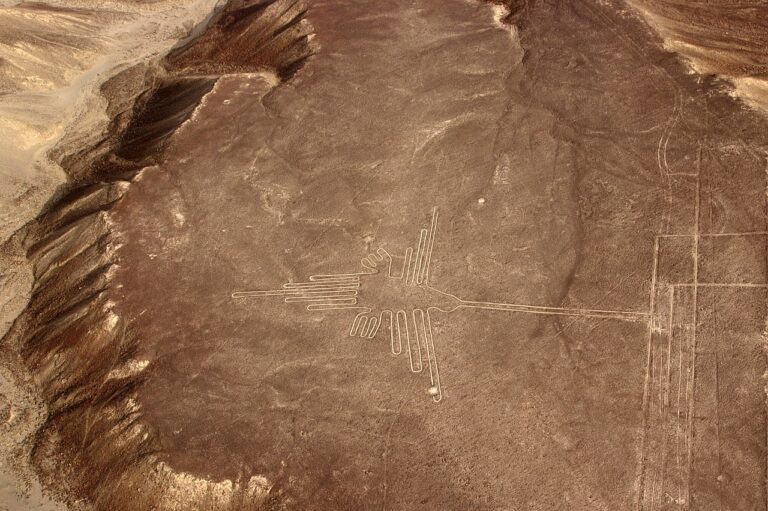Top 5 Best Archaeology Field Shoes
Unearthing history is no small feat, and for archaeologists spending countless hours in the field, the right equipment can make a world of difference.
Besides having the appropriate archaeological tools, your field gear – notably your footwear – is essential.
A proper pair of field shoes can mean the difference between discomfort and satisfaction, allowing you to concentrate on the delicate task at hand.
This article introduces the top 5 best archaeology field shoes that combine durability, comfort, and stability for rigorous fieldwork.
Our Picks
The best archaeology field shoes offer superior comfort, excellent traction and stability across various terrains, weatherproof or water-resistant features, durable construction for long-term use, and added safety measures such as protective toe caps or high-quality ankle support.
- Merrell Moab 2 Ventilator
- Keen Targhee II
- Columbia Newton Ridge Plus Waterproof Hiking Boot
- Salomon Quest 4 GTX
- Cat Footwear Men’s Second Shift Boot (Steel Toe)
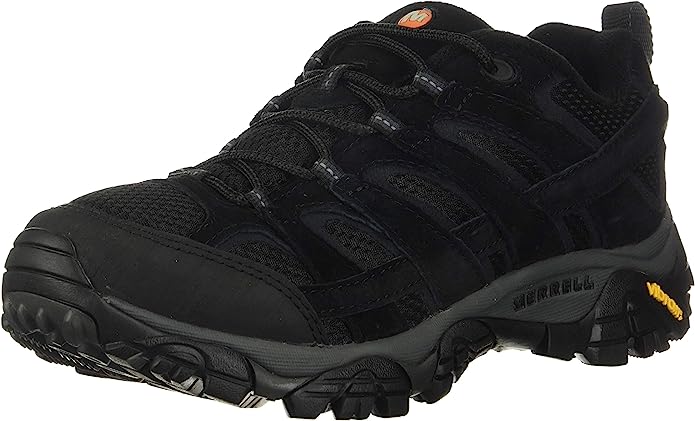
As one of the most popular choices among outdoor enthusiasts and field professionals, Merrell Moab 2 Ventilator shoes offer an excellent blend of comfort, durability, and breathability.
The Vibram sole provides high-performance durability and great traction on a variety of surfaces.
The breathable mesh lining ensures your feet remain cool and dry throughout long working days, while the protective rubber toe cap provides additional safety.
Merrell’s signature air cushion in the heel absorbs shock and adds stability, making this shoe an excellent choice for archaeologists.
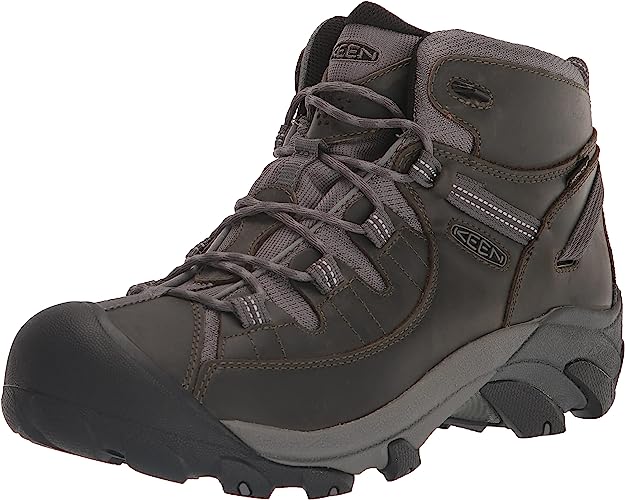
The Keen Targhee II is an all-terrain shoe renowned for its secure fit, durable construction, and impressive comfort.
The shoe’s water-resistant leather upper makes it perfect for wet field conditions, while its multidirectional lug pattern offers excellent traction.
With Keen’s patented toe protection, the outsole wraps up and over the toes, offering ultimate protection when digging or moving around rugged sites.
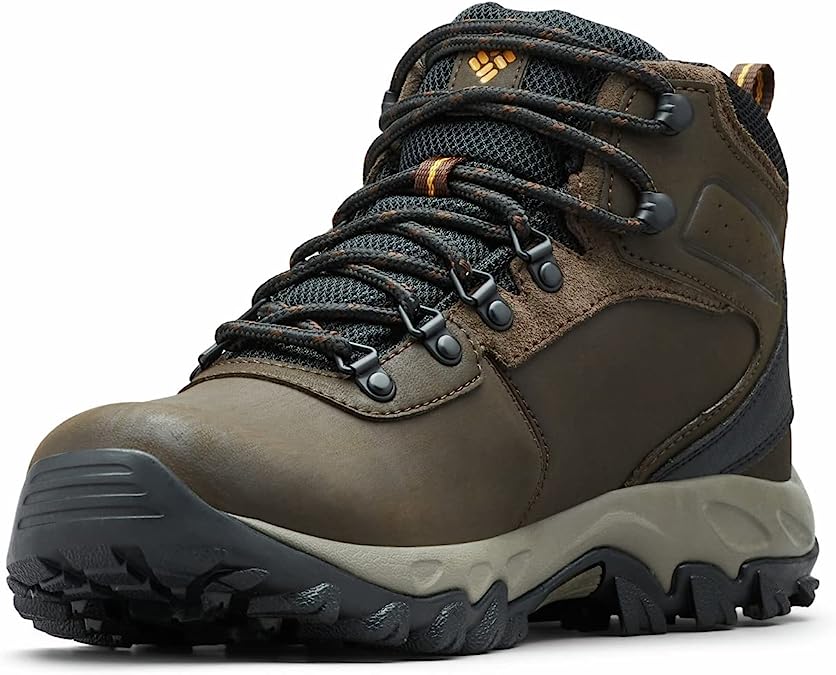
The Columbia Newton Ridge Plus Waterproof Hiking Boot is a lightweight yet robust choice for archaeologists.
Its superior cushioning ensures maximum comfort during long hours of standing or walking.
The waterproof full-grain leather and mesh bootie construction keep feet dry in any weather, and the multidirectional traction rubber outsole makes it safe for various field surfaces.
It’s a versatile, high-quality shoe built for prolonged durability.
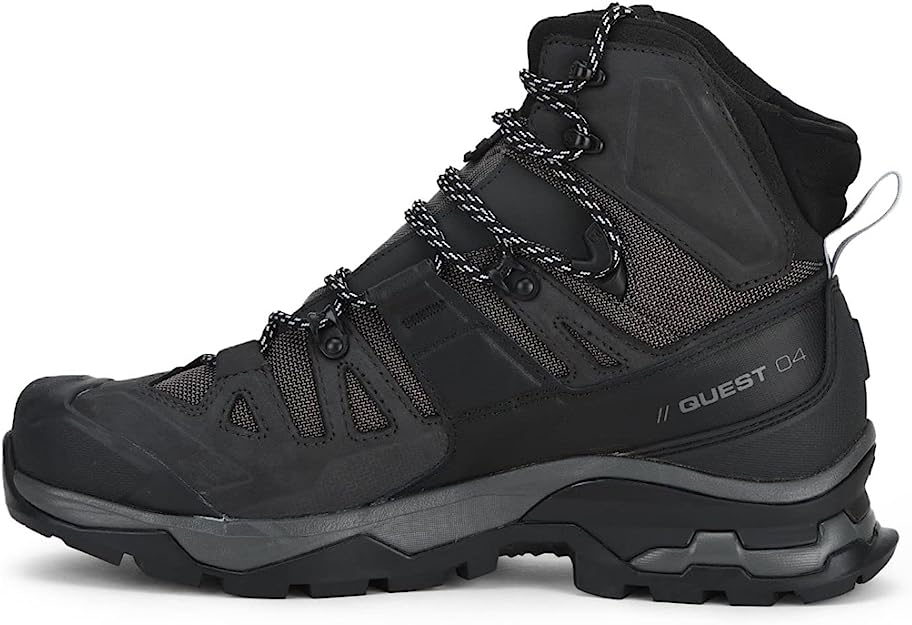
If your archaeological pursuits lead you into challenging terrains, then the Salomon Quest 4 GTX might be your ideal shoe.
Engineered for stability and cushioning, these boots feature a high-traction Contagrip outsole for confident grip on all types of surfaces.
The Advanced Chassis design helps stabilize the foot, even on the longest days and roughest landscapes.
While on the pricier side, their top-notch performance and durability make them a worthy investment.
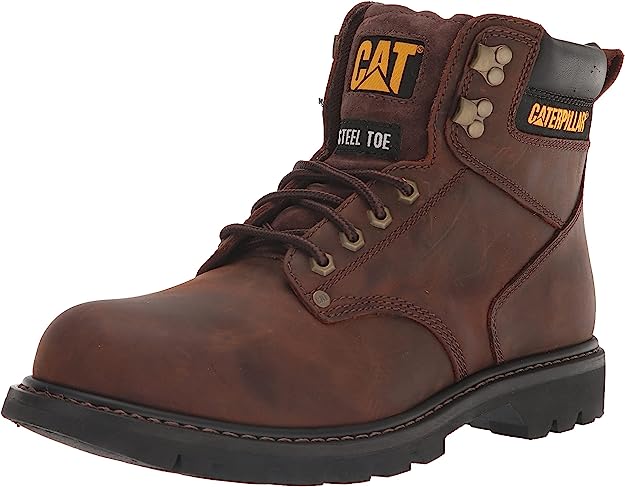
The Cat Footwear Men’s Second Shift Steel Toe Work Boot excels in durability and safety with its steel toe protection, slip-resistant outsole, and robust leather construction, while ensuring all-day comfort with a plush Climasphere sock liner and padded collar, making it ideal for rigorous archaeological excavations.
Criteria for Selecting the Best Archaeology Field Shoes
- Comfort: Archaeological work involves long hours on your feet, often on rough terrains. A shoe with a comfortable fit, cushioned insoles, and breathable material can significantly improve your experience.
- Durability: Given the harsh conditions of archaeological sites, your field shoes should be made of high-quality, robust materials to withstand wear and tear. Look for shoes with reinforced stitching, sturdy outsoles, and resilient materials like full-grain leather or strong synthetic mesh.
- Weather Resistance: From unexpected showers to morning dew, your feet can encounter various moisture levels. Waterproof or water-resistant shoes will keep your feet dry, preventing discomfort and potential health issues like athlete’s foot.
- Traction and Stability: Archaeological sites can range from muddy terrains to rocky landscapes. Shoes with excellent traction and stability, provided by a high-quality, multidirectional lug pattern outsole, can prevent slips and falls, protecting you from injury.
- Safety Features: Shoes with safety enhancements such as steel or composite toe caps can provide added protection, especially in areas where heavy tools are used. High ankle support can also be beneficial in preventing sprains and providing stability.
- Breathability: During long work hours in the field, feet can get hot, leading to discomfort and potential blistering. Shoes with breathable linings or ventilated mesh can provide air circulation, keeping your feet cool and comfortable.
- Weight: Lightweight shoes can reduce fatigue during long hours of standing or walking. Heavier boots may offer more protection and stability but can tire out your feet faster.
- Ease of Maintenance: Field shoes will inevitably get dirty. Shoes that are easy to clean and dry will save you time and effort in maintenance.
By considering these criteria, you can select the ideal pair of archaeology field shoes that meet your unique needs and ensure your comfort and safety while excavating the echoes of our past.
When choosing your ideal archaeology field shoes, consider the nature of your terrain, the expected weather conditions, and your personal comfort preferences.
Remember, the best shoe for you is the one that enables you to focus on unearthing history, not nursing your feet.
Each of these five options has its unique strengths and offers a blend of comfort, durability, and safety suitable for the rigorous demands of archaeological fieldwork.
